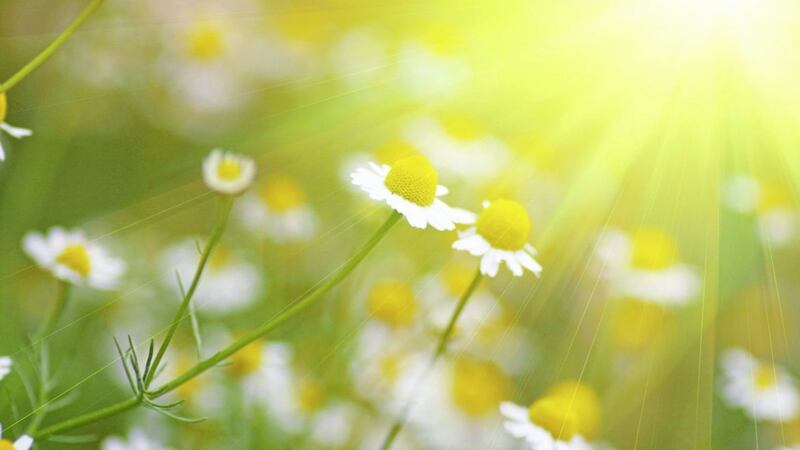LAST Tuesday, March 20, marked something of a red letter day on the gardening calendar. It signalled the start of spring and that intense period of reinvigoration that grips both the garden and the gardener – the ground warms, the buds bulge and the sap rises, sending us into a dizzy state of anticipation.
The coming weeks are arguably the best time to be a gardener. At the moment it’s all optimism and grandiose plans as we look forward to the growing season ahead, yet to experience any of the all-too inevitable disappointments and let downs. For now we can put thoughts of aphids, potato blight and carrot root fly to the back of our minds, and instead think thriving seedlings, lush green foliage and stunning floral displays in high summer.
The trigger for this upbeat outlook is light. With the passing of March 20 we are now enjoying more daylight than darkness over a 24-hour period. The herbaceous plants and deciduous trees are responding accordingly and will begin steadily producing leaves, the essential piece of apparatus for the growing season ahead.
The green leaves and the chemical chlorophyll that runs through their veins are key to plant growth. It is the chlorophyll which gives the foliage its colour, absorbs sunlight and uses this energy to synthesise carbohydrates in the form of sugar and starch. This food-making process, known as photosynthesis, is effectively the basis for sustaining most life on earth, as all animals and humans obtain their food supply by eating plants – or by eating animals that feed on plants.
Photosynthesis is doubly beneficial to humans and other animal life because during the process the plant takes in poisonous carbon dioxide and emits oxygen.
Ensuring the plants in your garden receive enough light to photosynthesise effectively is as important as keeping them well watered and fertilised. Failure to provide a sun-loving plant with its required light is likely to result in poor flowering, slow growth and spindly, fragile specimens. Conversely, a shade-loving plant in a sunny spot will bake quicker than a ginger Tyrone teenager stretched out on a Balearic beach in July.
When you buy a plant, the label usually tells you what the ideal amount of light it requires to stay healthy.
When it says full sun, it means the plant needs at least six hours of direct sunlight every day and preferably including some strong midday sun. There is no shortage of plants meeting this criterion but bear in mind that at the height of summer when the sun is (hopefully) beating down they too can become stressed and therefore require watering now and again.
Partial sun and partial shade are effectively two sides of the same coin and are often used interchangeably to mean a plant that requires three to six hours of sun each day, preferably in the morning and early afternoon.
Plants recommended for full shade or deep shade are content with less than three hours of sunlight daily. They are not an obvious choice for most people, but deep shade plants are great for bringing a bit of interest to the dark, neglected recesses of your garden.
If a canopy is threatening to shade your beds and borders, or even just your lawn, don’t be afraid to cut it back. However, for all sorts of reasons, primarily environmental and aesthetic, I’d recommend you retain some cover. Likewise, if your garden lacks any shade, it would be a good idea to redress this and add some atmosphere.








